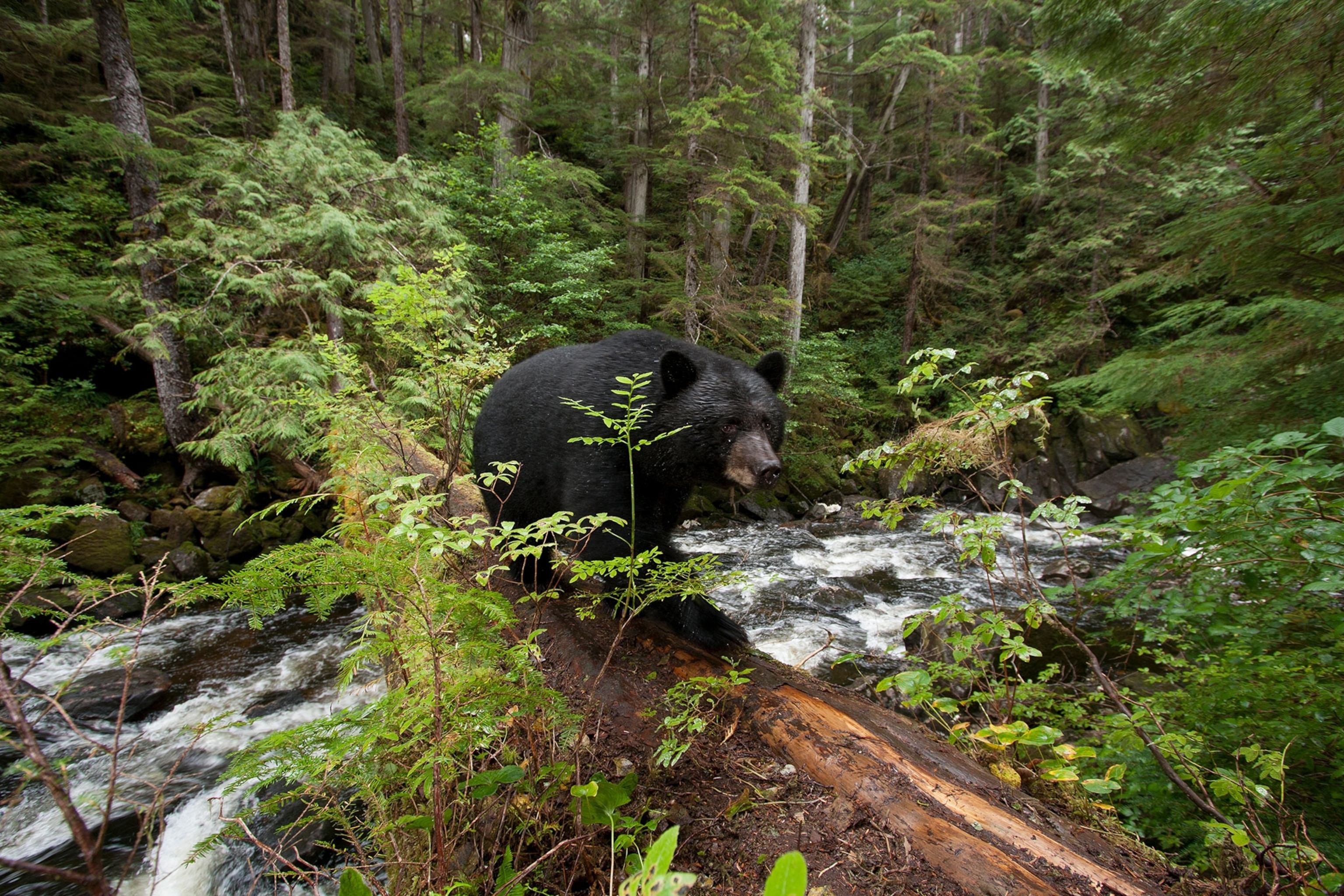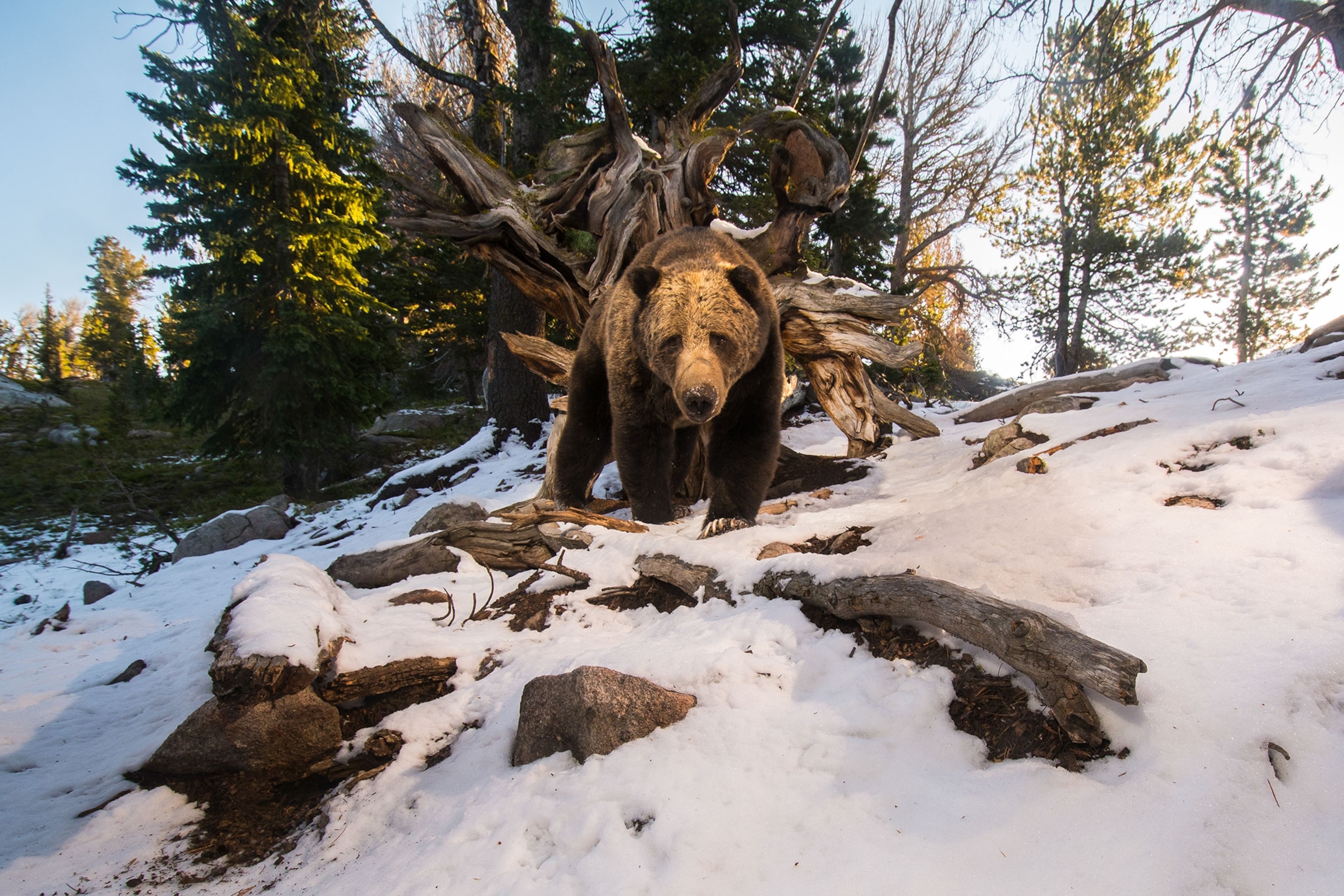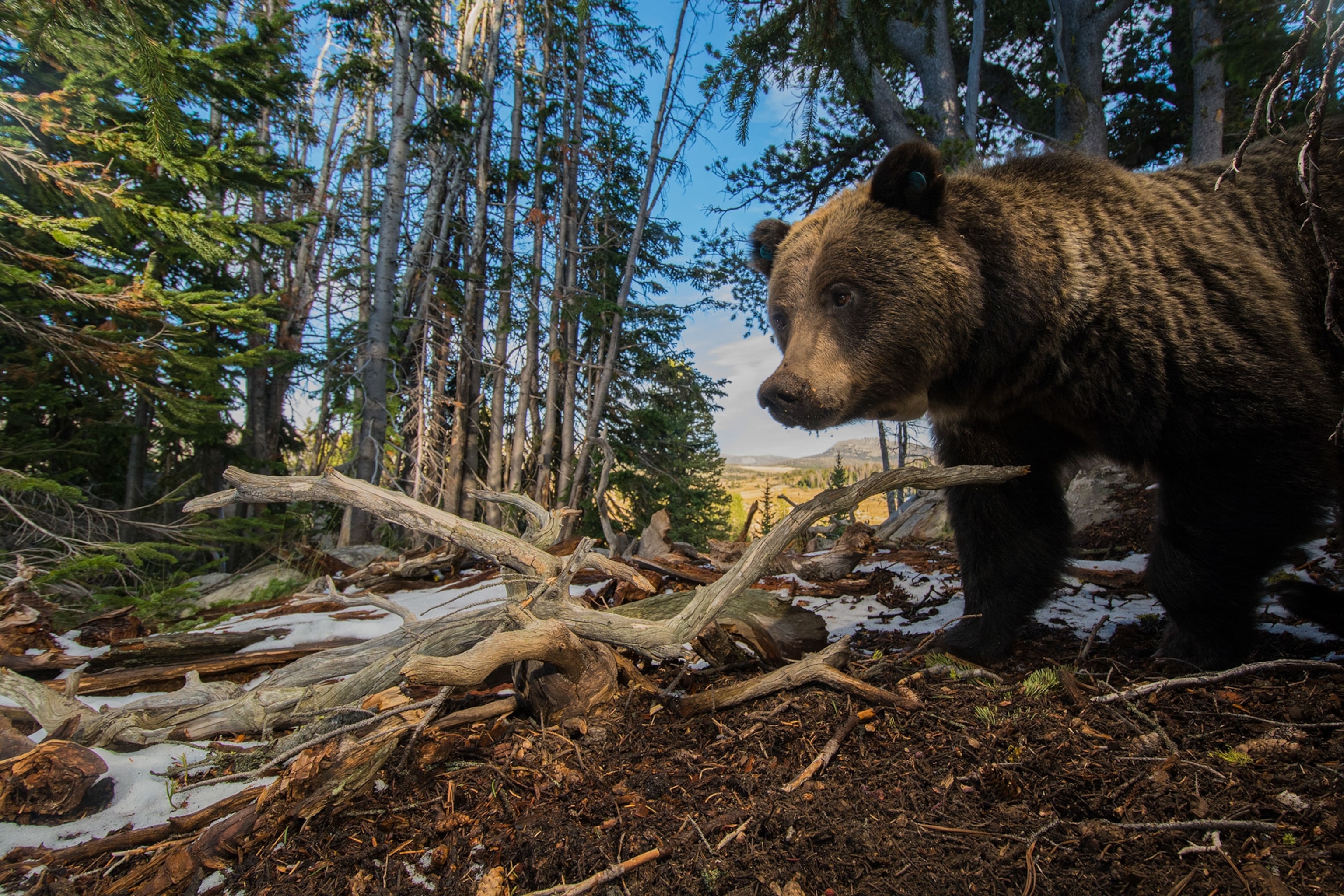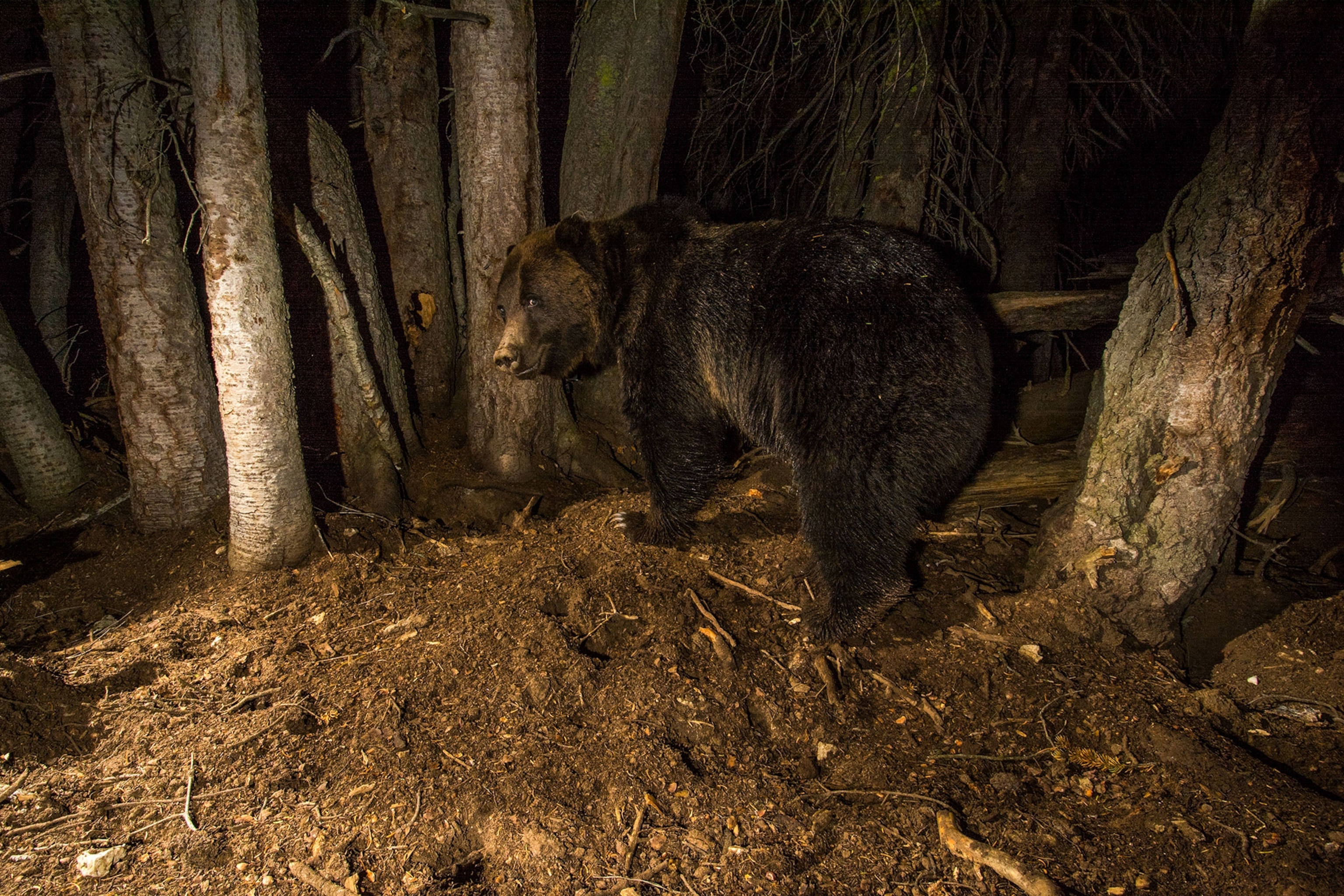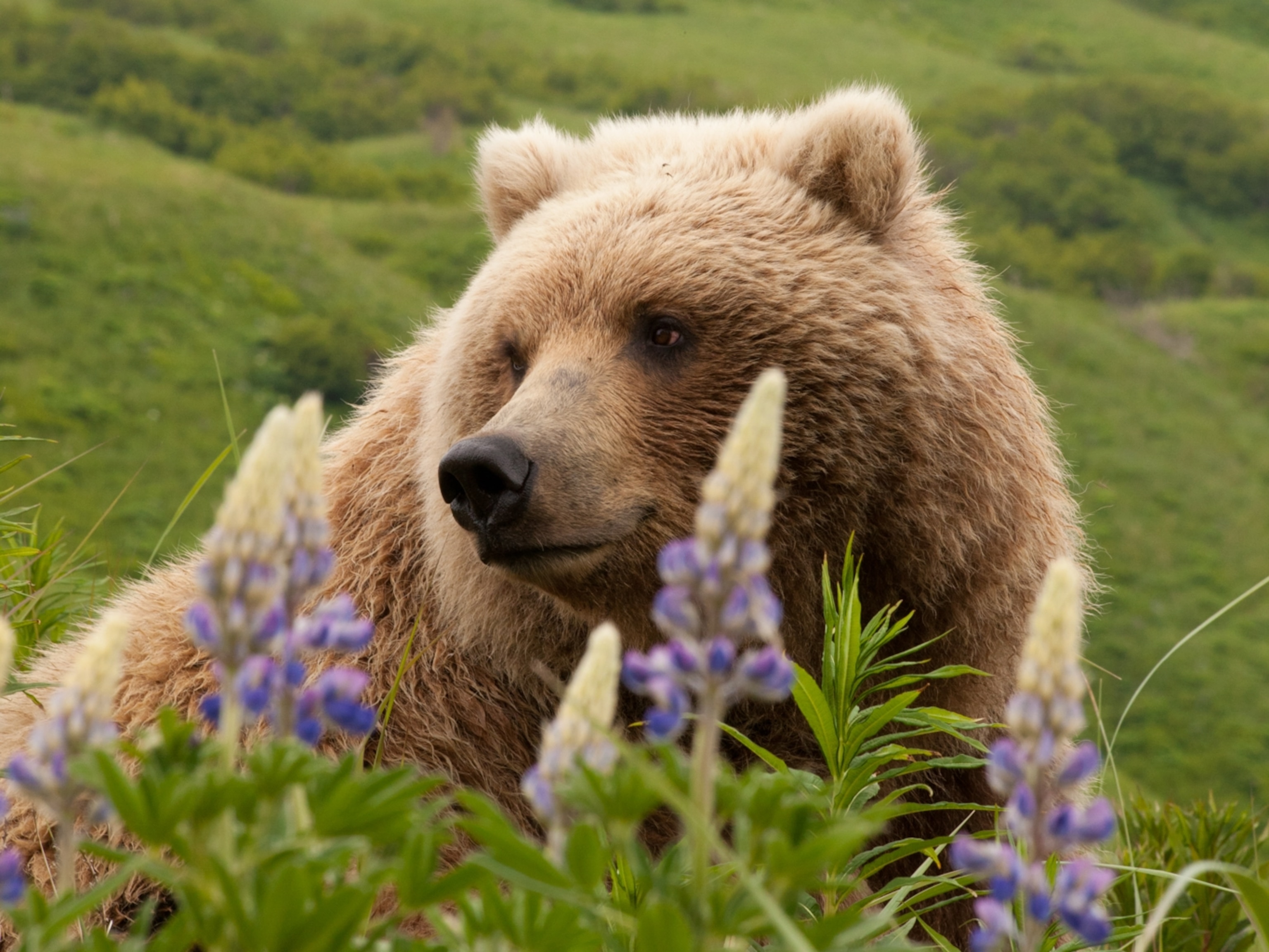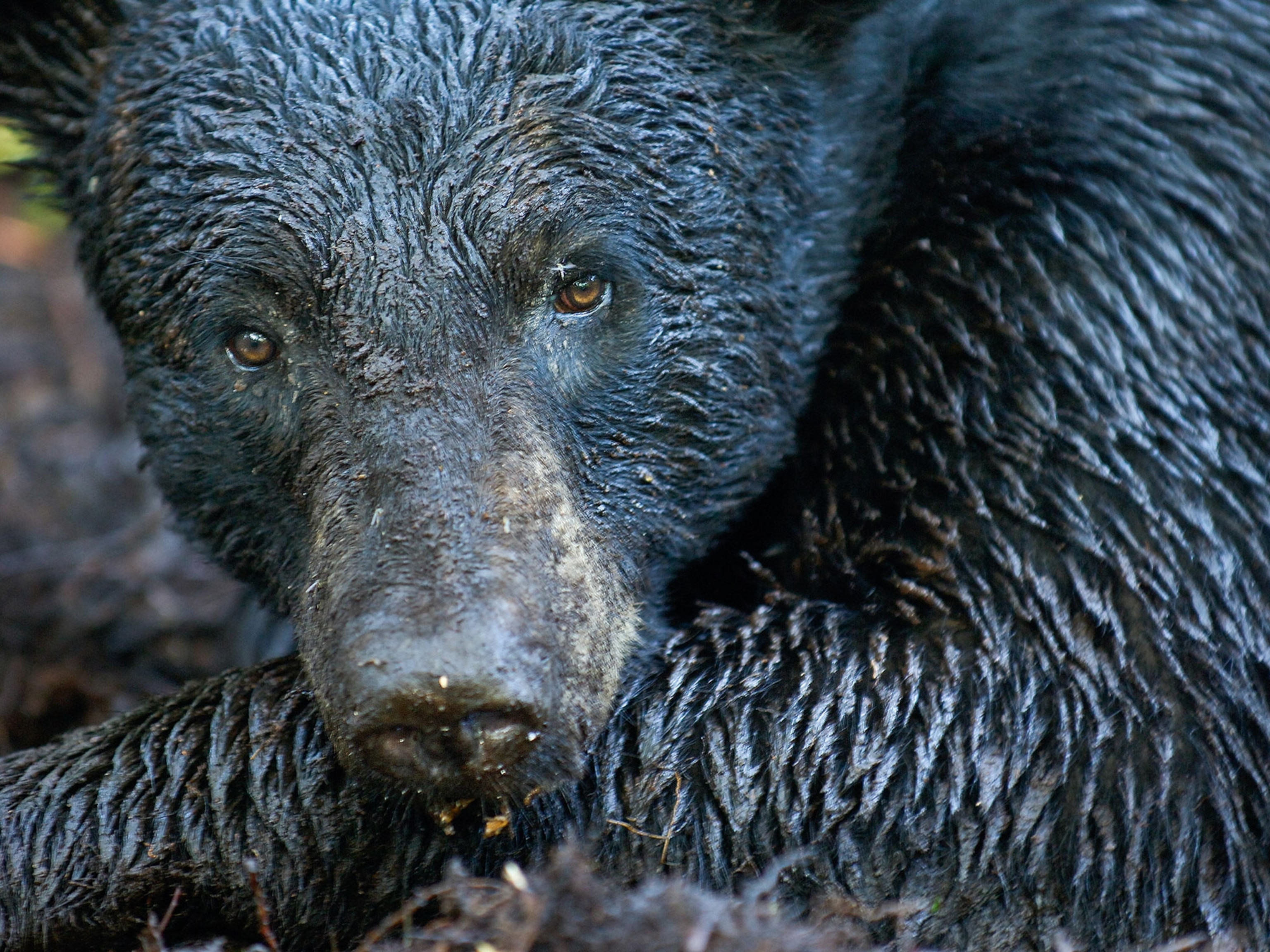
Bears Are Caring for Their Cubs Longer in Response to Hunting
Results from a new study could have implications for brown bear evolution.
Over the years, several researchers noticed a change in the way that Scandinavian brown bears care for their young. Sweden has one of the fastest bear reproduction rates in the world, and it seems that females were spending more time with their cubs.
"We needed to provide evidence, and then that triggered new questions," says Joanie Van de Walle, a PhD student in the Department of Biology at the Université de Sherbrooke in Quebec, Canada.
Van de Walle is part of an international team of researchers who combed through decades of data on brown bear populations in Sweden to investigate this trend. By following the lives of hundreds of bears, the researchers determined that more mothers are raising their cubs for one year longer than they have in the past.
Related: Bears of the Great Bear Rainforest
This behavioral shift can be directly attributed to humans, according to a study published March 27 in Nature Communications. With a population of around 3,000 bears that could be increasing by as much as five percent each year, sustainable hunting tactics can keep bear numbers at bay. This behavioral shift of mother bears caring for their young for a longer time could be directly related to hunting regulations.
In the same way that humans shape wildlife by killing animals, we can also shape wildlife by not killing them. Long-term, this could have implications for brown bear evolution.
Grizzly Research
Evolutionarily, it doesn't usually make sense for wildlife to have fewer offspring and care for them over a long period of time. When facing high hunting pressure, it's logical that brown bears would have as many cubs as possible, but the team's findings contradict this. (Watch: "Grizzly Mom Teaching Cubs")
The researchers looked at 22 years' worth of data, following more than 500 bears, many of them from birth to death. Before 2005, they found that only about seven percent of Scandinavian brown bear mothers kept their cubs for a year and a half. Between 2005 and 2015, the study found that more than 36 percent of females are keeping their cubs for an extra year. Although the amount of time spent with their young is changing, the strategies bear mothers are using to raise their cubs are not.
Hunting pressure in Sweden is high, and the researchers were surprised by these findings. But when related to a relatively recent law that makes it illegal to hunt mother bears in Sweden, the data make more sense. Staying in family groups would provide a win-win situation for females to lead safer lives protected from hunters while allowing them more time to care for their young. (Read: "Brown Bears Use 'Human Sheild' to Protect Their Cubs")
"A single female in Sweden is four times more likely to be shot as one with a cub," Jon Swenson, a professor in the Department of Ecology and Natural Resource Management at the Norwegian University of Life Sciences, says in a press release.
Caring for the cubs for a longer time has the added bonus of giving them a better chance of survival long-term. The researchers found that female cubs that received extended parenting survived their second year of life. But 22 percent of cubs that were cut loose after a year and a half didn't make it to three years. In addition to being hunted by humans, all cubs that mothers let go of early were more likely to be killed by other bears over brawls for territory or resources. (Watch: "Brown Bears Battle")
This new technique of reproducing slower but taking care of cubs for longer "outpaces reproductive opportunities," Van de Walle says.
Changing Composition
When females keep their cubs around for longer, the mothers reproduce less often and, long-term, have fewer offspring throughout their lives. But all things considered, the longer lives female brown bears are living counteracts their reduced birth rate.
"The females that keep their young longer, they lose their reproductive opportunity," says Fanie Pelletier, a biology professor at the Université de Sherbrooke. "It kind of cancels out. The composition of the population is different."
This means there will be more adult females entering the population, and hunting will be diverted to male bears and young females without cubs, Van de Walle says. Hunters will continue to shoot females who only keep their cubs for a little over a year, but since fewer mature female bears can be shot, the overall population is likely to continue growing. (Related: "Watch a Swedish Man Repel a Bear Attack")
If females caring longer for cubs give birth to females who will then care longer for their cubs, this could lead to evolution in the population. In North America, female brown bears already stay with their young for about two and a half years. (Related: "Yellowstone's Grizzly Bears Should Not Be Hunted")
"It would be really interesting to see if this female reproductive behavior could be passed on to the cubs as well," Van de Walle says.





